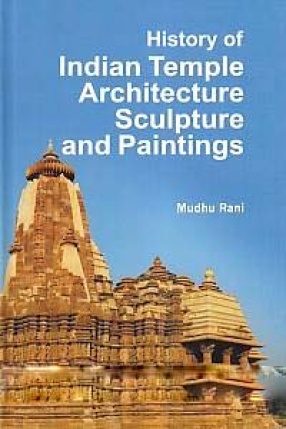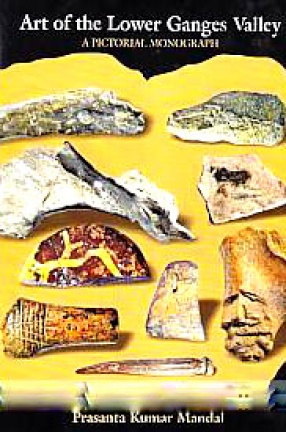Indian temples have been a source of attraction, not only as a place of worship for the devout, but also as an architectural marvel for the curious tourist. Indian temples with its imposing towers, intricate carvings and awe inspiring size were in fact the result of a gradual evolution over time. In the Vedic period (1500 to 500 BC) there were actually no temples as such. They propitiated the Gods by performing yagas using sacrificial altars. Details of how such altars may be constructed where meticulously mentioned in The Sulvasutra (literally meaning `the rules of the cord’). These Yagasalas later got transformed to temples. Earliest temples were made of timber and clay, and though they were later replaced by the more enduring granite, there are still temples in Kerala and Dakshina Karnataka made with timber and which has withstood the revages of time. Cave temples which are found in profusion particularly in Central India, were a later Innovation. Though the basic temple patterns are the same, temple styles fall into two categories. North Indian style called Nagara and southern style called Dravidian. There is a derivative of the above two styles which is called Vesara. The Encyclopaedia provides a clear, scientific and technical understanding of this subject. The information contained herein will equip the readers with latest and up-to-date knowledge.
Tribal Culture of India
$38.70
$43.00








There are no reviews yet.